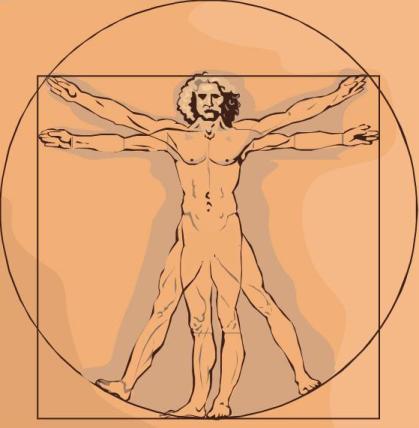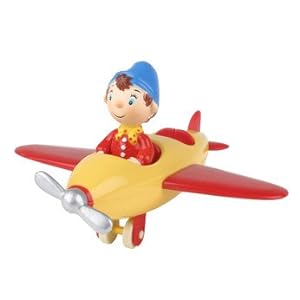99% of the time, Airbusi are flown in "Normal LAW" which means among many other things, the pilot cannot physically stall the aircraft. It also limits "stupid" inputs. But AF447 was in "Alternate LAW" and many protections are no longer available. This is practiced in the sim, but not as a compound emergency which AF447 experienced. The FAA decides how sims are performed, more than any airline for us in the US.
I still believe in my model of Airbus, the capt. had sidestick priority. But a check of the A-330 confirms that opposite controls inputs are averaged. Nevertheless, all Airbus that I know of have a CAUTION whenever there is opposite control input. Pushing that button gives sidestick authority to that pilot. From the A-330 Manual:
When the PF makes a sidestick input, an electrical order is sent to the flight control computers. If the PNF makes a simultaneous sidestick input, both signals are algebraically summed and both PF and PNF green lights flash on the glareshield. This situation might occur in the case of an instinctive PNF reaction on the sidestick. If the PNF needs to take control, he must press and hold the take-over pb in order to avoid simultaneous sidestick inputs and announce, "I have control".
In the case of a SIDESTICK FAULT ECAM warning due to an electrical failure, the affected sidestick order sent to the computers is zeroed. This means that the affected sidestick has been deactivated and there is no further procedure associated with this warning.
In the case of pilot incapacitation where a sidestick input is being made, or in the case of a mechanical failure leading to a jammed sidestick, the inputs are again algebraically summed. There is no associated ECAM caution. In either of these cases, the intervening pilot must press the take-over pb to gain single sidestick authority. The pb must be depressed for at least 40 seconds to permanently deactivate the affected sidestick. However, if a sidestick has been deactivated, it may be reactivated by depressing its take-over pb.









